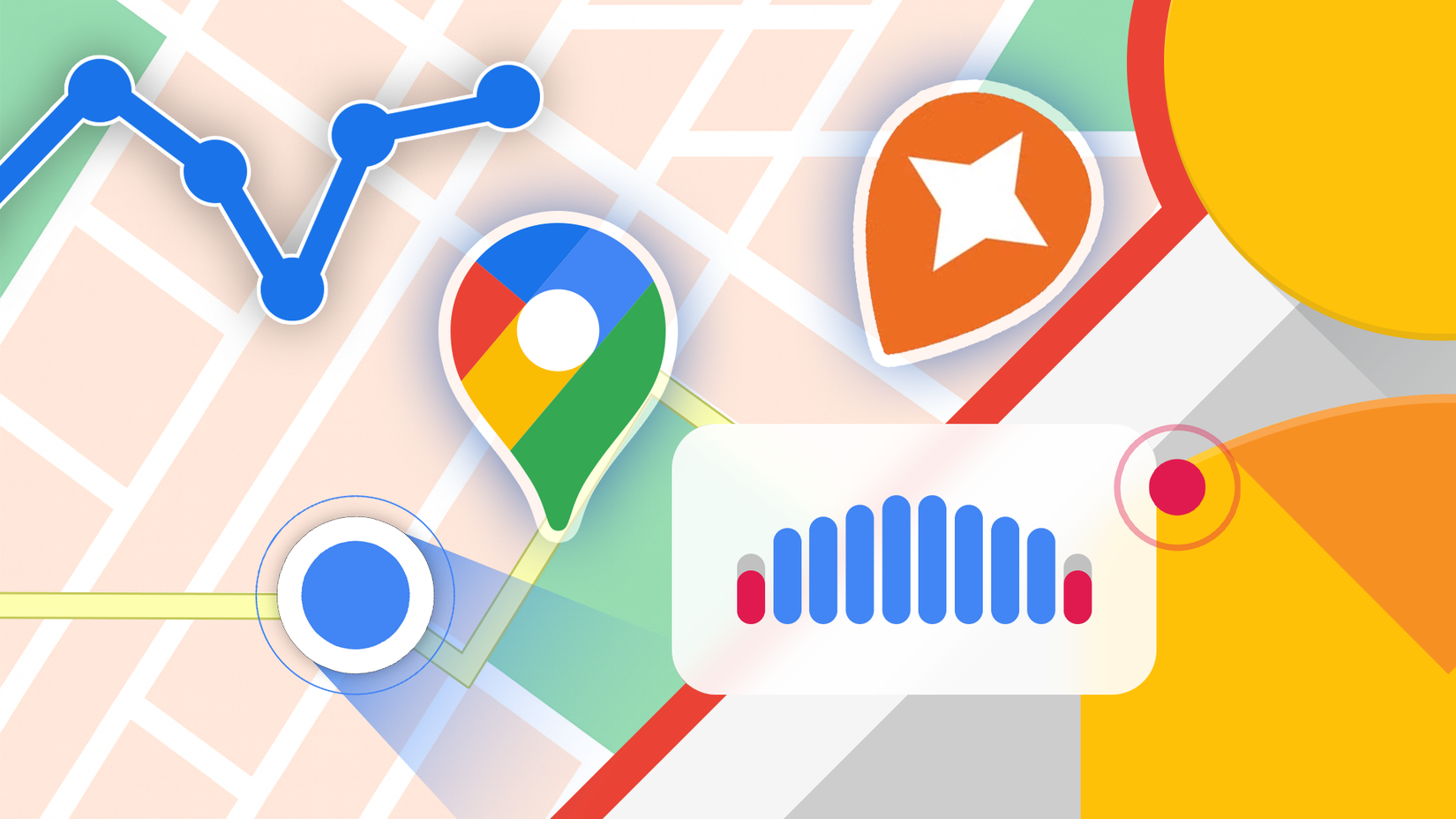We live in a time when options are everywhere, and it sounds great to have endless freedom to choose whatever we want. But this overload of choice can leave us feeling drained and unsure sometimes.
The idea is that while having some options is empowering, too many can actually make us stressed.
Think about a day in the city. Picking a coffee shop, deciding what to have for lunch, and choosing which route to take.
While it’s impossible to eliminate choices, the trick is to reduce the ones that don’t matter. That’s where this hidden Google Maps trick comes in.
The famous psychology experiment that proves less is more
One classic study captures this idea perfectly. In 2000, psychologists Sheena Iyengar and Mark Lepper from Columbia set up a jam-tasting booth in a grocery store.
A 24-flavor setup and a six-flavor setup. The bigger display drew in more people, but surprisingly, far fewer actually bought anything.
Only about 3% of shoppers from the 24-flavor setup made a purchase, compared to 30% when there were just six options. The takeaway is that many choices can freeze us in place.
Choice paralysis is where the task of comparing every option becomes so difficult that we decide not to choose at all.
That’s not the only downside. When people face too many options, they also tend to feel less satisfied with their final choice, less confident about it, and more likely to regret it later.
How Google Maps can help you beat decision overload and save money
That jam experiment could just as easily describe what happens every time we open Google Maps.
Normally, when you open Google Maps, you’re in exploration mode. You search for coffee, and suddenly you’re staring at a cluttered pinboard, each promising the best matcha latte in town.
Ten minutes later, you’re still scrolling. That’s why I started making my own Lists in Maps.
The goal isn’t to explore everything that’s out there but to be reminded of your own handpicked, trusted options.
The question changes from “What’s around me?” to “Which of my favorites is nearby?”
Step-by-step guide to creating your own Google Maps lists
Follow these steps to create a new list and start organizing your favorite places in Google Maps.
On mobile:
- Open the Google Maps app.
- Tap the Saved or You tab at the bottom of the screen.
- Scroll down to Your lists and tap New list.
- Enter a name and an optional description to clarify what the list is for and adjust your privacy setting.
- Tap Save to finish.
When a list is created, adding locations is simple.
- Open Google Maps and search for a place or tap one from the map.
- In the pop-up info card, click Save.
- Check the box next to the list you want to add it to.
- You can save it to multiple lists at once if needed.
- Click Done to confirm your selection.
To make this system useful right away, do a quick setup session. Spend about 20 to 30 minutes adding spots you already know and trust. These can be the budget-friendly cafés, lunch spots, or hangouts you actually go to.
Bonus points if you’re exploring a new city. Google Maps is one of the best travel tools when used correctly.
How to keep your Google Maps lists clear, simple, and effective
This system only works if your lists are clear, specific, and practical. Generic ones like Favorites or Want to go don’t help much.
You might end up with a $5 taco stand sitting next to a fine-dining spot, which isn’t helpful when you’re just looking for a quick, cheap lunch.
To make your lists actually useful, you need a plan. Set clear naming rules and stick to them.
A good formula is [Location] + [Category], like “NY Cheap Eats Want to Go” or “LA Free Afternoon.” It keeps things tidy, searchable, and easy to scan.
Adding emojis to your list of names is also surprisingly effective. Our brains process visuals much faster than text.
A 💸 next to your “NY Cheap Eats” list or a 🌳 for “LA Outdoor Spots” instantly tells you what the list is about when the pins appear on Google Maps.
Turn your saved places into a personal guide with notes and shared lists
After you have the basics down, there are two easy ways to take your setup a step further.
First, adding notes. Notes turn each saved spot into a quick cheat sheet for your future self. Add little reminders like “$7 happy hour beers” or “best sit on the north side” that save you from overthinking later.
Next up is sharing your favorite places or using someone else’s lists. You and your partner can create a shared Google Maps list to keep dinner decisions simple, or check if your favorite food blogger has a public list you can save to your own Maps.
It’s a great way to tap into curated local knowledge without doing all the research yourself.





